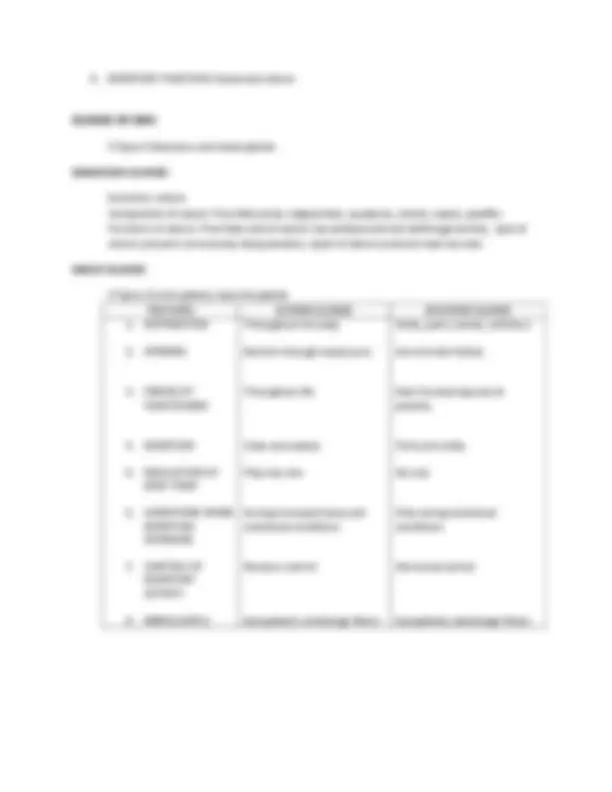




Study with the several resources on Docsity

Earn points by helping other students or get them with a premium plan


Prepare for your exams
Study with the several resources on Docsity

Earn points to download
Earn points by helping other students or get them with a premium plan
Community
Ask the community for help and clear up your study doubts
Discover the best universities in your country according to Docsity users
Free resources
Download our free guides on studying techniques, anxiety management strategies, and thesis advice from Docsity tutors
Dermatology is a vast topic. This study notes gives you strong understanding on introduction of dermatology through golden points.
Typology: Study notes
1 / 4

This page cannot be seen from the preview
Don't miss anything!



Outer epidermis Inner dermis
Formed by stratified epithelium No blood vessels Nutrition is provided by capillaries of dermis.
1. STRATUM CORNEUM: Also known as horny layer. Thickest on palms and soles. Thinnest on eyelids and prepuce. Ringworm lives in this layer
Made up of collagen fibers, fibroblast and histiocytes.
Hair follicles with hair, nails, sweat glands, sebaceous glands and mammary glands
Melanin is responsible. It is synthesized by melanocytes which are present mainly in stratum germinativum and stratum spinosum.